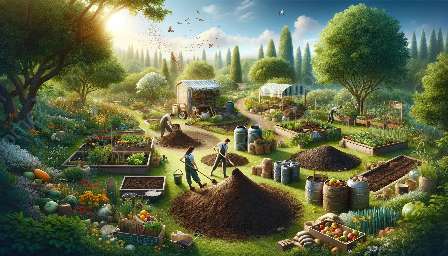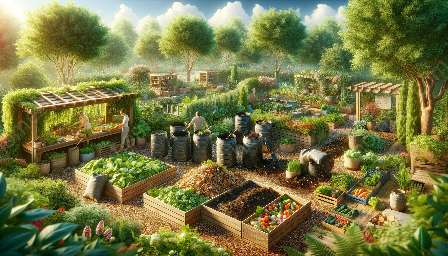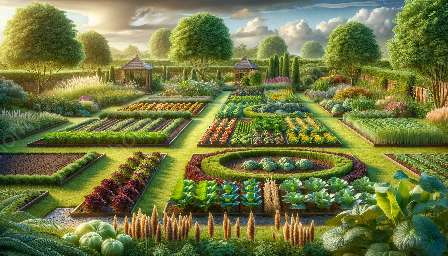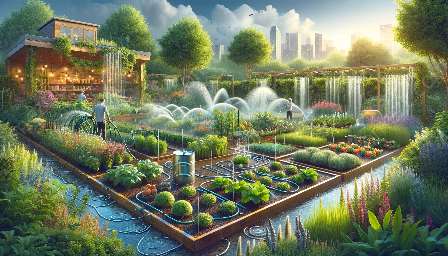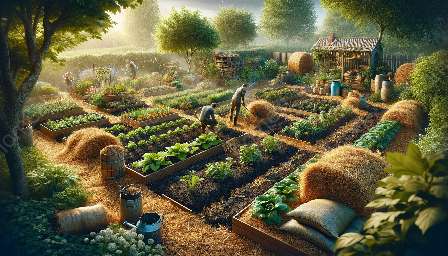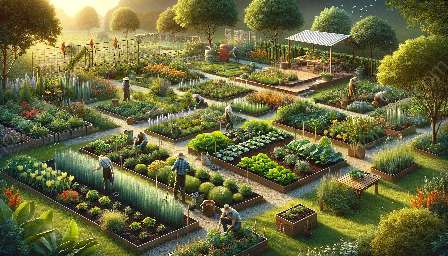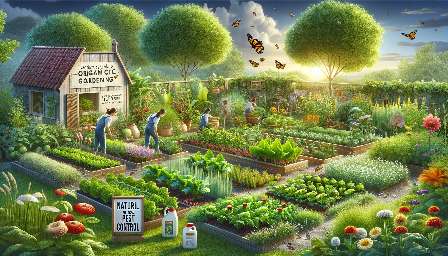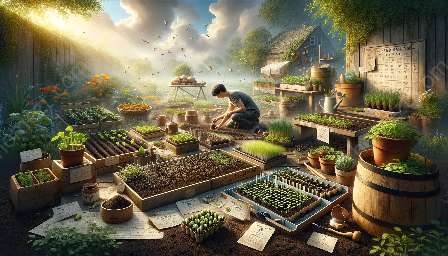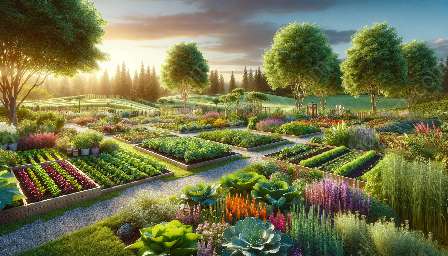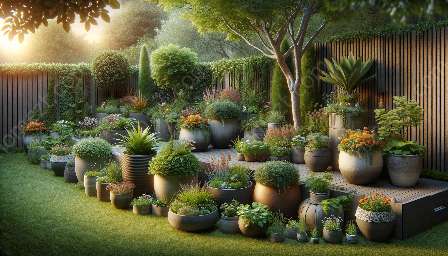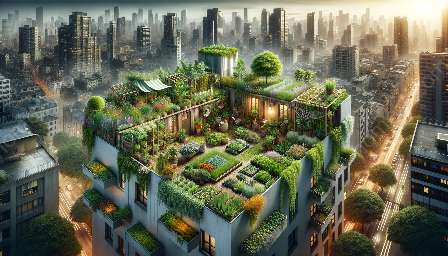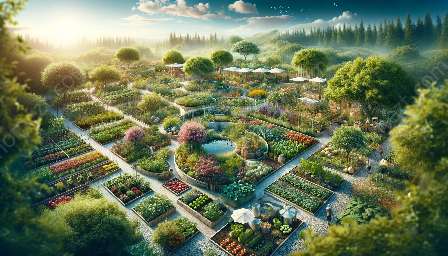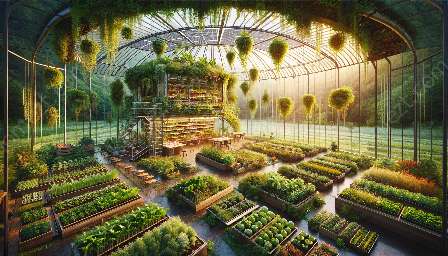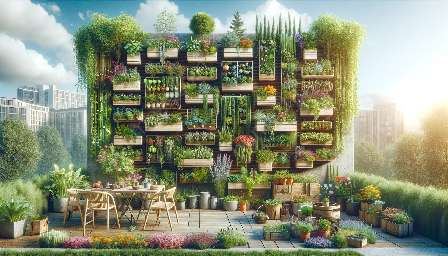Are you ready to embark on the journey of seed starting for your organic garden or landscaping project? Seed starting is an essential skill for any gardener or landscaper who is committed to sustainable and chemical-free practices. In this comprehensive guide, we will delve into the best practices, techniques, and tips for starting seeds, ensuring that you can grow healthy and robust plants from the very beginning. Whether you are a beginner or an experienced gardener, this guide will provide you with the knowledge and confidence to successfully start your seeds while maintaining an organic and eco-friendly approach.
Understanding Seed Starting
Seed starting is the process of germinating and growing plant seeds indoors before transplanting them into the garden or landscape. It allows you to extend the growing season, nurture delicate seedlings, and have greater control over the health and quality of your plants.
Benefits of Seed Starting
Starting plants from seeds offers several advantages, especially in the realm of organic gardening and landscaping:
- Control Over Inputs: When you start your seeds, you have control over the quality of the soil, water, and nutrients, ensuring that you can maintain organic and natural practices.
- Wider Plant Selection: Starting seeds allows you to choose from a wider variety of plants, especially heirloom and rare varieties that may not be readily available as seedlings at nurseries.
- Cost-Effective: Seed starting is often more cost-effective than purchasing mature plants, especially when you consider the scalability of producing multiple plants from a single seed packet.
- Stronger, Healthier Plants: By nurturing seedlings from an early stage, you can ensure that your plants develop strong root systems and overall resilience, leading to healthier and more productive harvests.
Essential Supplies for Seed Starting
Before delving into the seed starting process, it's important to gather the necessary supplies to set yourself up for success:
- Containers: Choose containers that are clean, biodegradable, or reusable, such as peat pots, seed-starting trays, or recycled containers.
- Seed Starting Mix: Use a high-quality organic seed starting mix that provides the ideal balance of drainage, aeration, and moisture retention for germinating seeds.
- Seeds: Select high-quality, organic seeds from reputable suppliers for the best chance of successful germination.
- Light Source: Since seeds need plenty of light to thrive, consider investing in grow lights or positioning seed trays near a sunny window.
- Watering Can or Sprayer: Ensure gentle and consistent moisture by using a watering can with a fine rose or a misting sprayer.
Seed Starting Techniques
Successful seed starting encompasses a few key techniques that can greatly impact the germination and growth of your plants:
Sowing Seeds
Follow these steps for sowing seeds:
- Prepare the Containers: Fill your chosen containers with moistened seed starting mix, leaving some space at the top for your seeds.
- Plant the Seeds: Place the seeds on the surface of the mix or follow the recommended planting depth for each specific type of seed. Gently press the seeds into the mix and cover lightly with additional mix.
- Watering: Using a gentle watering can or sprayer, moisten the mix thoroughly, ensuring that the seeds are not disrupted.
Providing Ideal Conditions
Creating the ideal environment for seed germination and growth is essential. Here’s how to do it:
- Temperature: Maintain the appropriate temperature for the seeds you are starting, ensuring that they are kept warm but not overheated.
- Moisture: Keep the seed starting mix consistently moist but not waterlogged, providing the necessary hydration for seed germination.
- Light: If natural sunlight is insufficient, consider using grow lights to provide the optimal amount of light for your seeds.
- Air Circulation: Adequate airflow helps prevent diseases and encourages sturdy growth. Consider using a small oscillating fan on low settings to promote air movement.
Caring for Seedlings
Once your seeds have germinated, it’s crucial to provide ongoing care to ensure their healthy development:
- Thinning Seedlings: If multiple seedlings emerge from a single seed, carefully thin them to allow the strongest seedling to grow and prevent overcrowding.
- Fertilization: When the seedlings develop their first true leaves, provide a dilute organic fertilizer to support their growth.
- Hardening Off: Before transplanting seedlings outdoors, gradually introduce them to outdoor conditions to acclimate them to the new environment and reduce transplant shock.
- Transplanting: When the seedlings have developed sufficient strength, transplant them into the garden or landscaping site, ensuring they have adequate space and soil preparation.
Conclusion
Successful seed starting is a gratifying and essential practice for organic gardening and landscaping. By incorporating the best practices, techniques, and tips outlined in this guide, you can confidently start seeds and nurture strong, healthy plants from the beginning. Embrace the journey of seed starting as a foundational step towards sustainable, organic, and eco-friendly gardening and landscaping.

